Balance in the Garden
runktrun
18 years ago
Related Stories
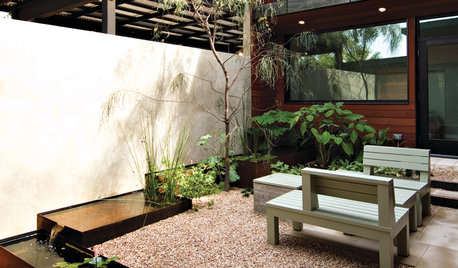
LANDSCAPE DESIGNStrike a Balance: Stuff vs. Space in the Garden
Zoom out to the big design picture before focusing on the little details, to create a garden with all the elements in balance
Full Story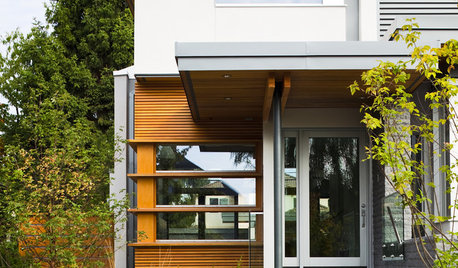
GARDENING AND LANDSCAPINGGarden Design Essentials: Balance
You may sense when plants and flowers are off-kilter, but do you know how to set your landscape right?
Full Story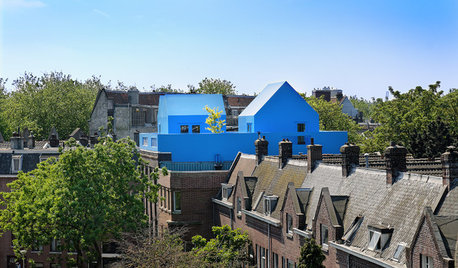
ARCHITECTUREDutch Architects Balance the Familiar and the Avant-Garde
Peek inside a 2013 book to see bold new designs for modern living that never forget those living there
Full Story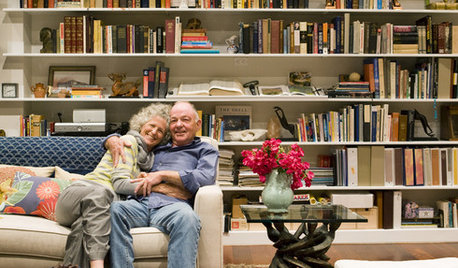
HOUZZ TOURSHouzz Tour: Beauty and Balance on the California Coast
Dream Ranch Remodel Reflects Owners' Philosophy and Zeal for Life
Full Story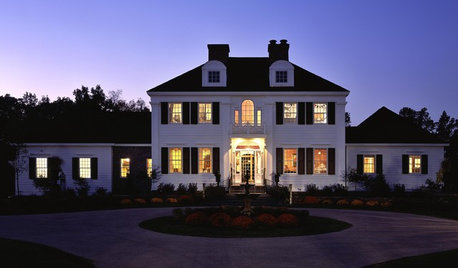
REMODELING GUIDESArchitect's Toolbox: Strike a Balance With Symmetry
Home exteriors, landscapes and interior rooms feel orderly and restful when designed with two mirror-image halves
Full Story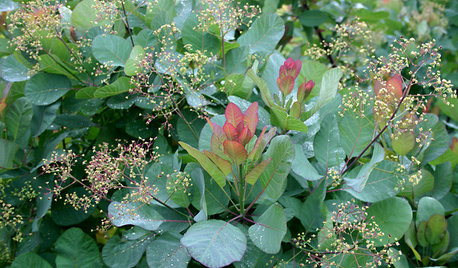
LANDSCAPE DESIGNGreat Design Plant: Old Fashioned Smoke Bush
Balance garden color with this shrub's cool blue-green foliage, luminous when backlit and sporting yellow-green flowers in spring
Full Story
GARDENING GUIDESAttract Hummingbirds and Bees With These Beautiful Summer Flowers
Roll out a welcome mat for pollinators to keep your landscape in balance and thriving
Full Story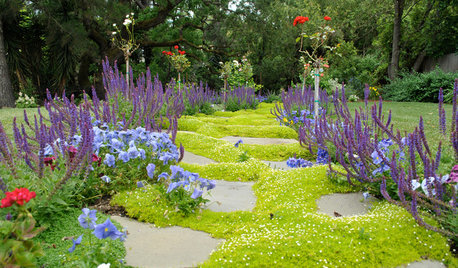
LANDSCAPE DESIGNExplore Your Garden Personality: The Whimsical Gardener
Begging exploration and drawing smiles, whimsical gardens make an art form of fun. Here’s how to keep them in balance
Full Story
GARDENING GUIDES6 Steps to Get a Garden Off to a Glowing Start
Grow a lush, balanced garden from an empty patch of yard or neglected landscape spot with these easy-to-follow guidelines
Full Story


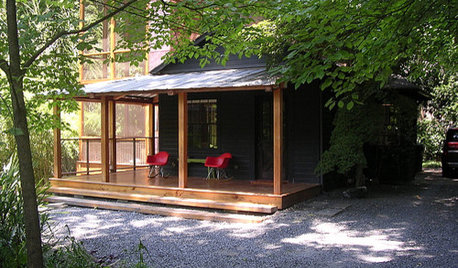

triciae
diggingthedirt
Related Discussions
Sprays vs balance in the garden
Q
Balance and/or repetition in the landscape
Q
New to market gardening, intro
Q
So, Check Out My Spider Mites
Q
martieinct
Saypoint zone 6 CT
runktrunOriginal Author
Saypoint zone 6 CT
martieinct
Amanda (asarumgreenpanda, z6MA)
AdamM321
cjsmith
runktrunOriginal Author
diggingthedirt
mayalena
mayalena
mayalena
dawiff
Marie Tulin
Amanda (asarumgreenpanda, z6MA)
Amanda (asarumgreenpanda, z6MA)
arbo_retum
mayalena
diggingthedirt
martieinct
Amanda (asarumgreenpanda, z6MA)
mayalena
mayalena
diggingthedirt
arbo_retum
runktrunOriginal Author
arbo_retum
diggingthedirt
lise_b
mayalena
Marie of Roumania
dawiff
runktrunOriginal Author
arbo_retum
dawiff
ego45
dawiff
martieinct
runktrunOriginal Author
lschibley
sunshineboy
diggingthedirt
runktrunOriginal Author
arbo_retum
diggingthedirt
runktrunOriginal Author